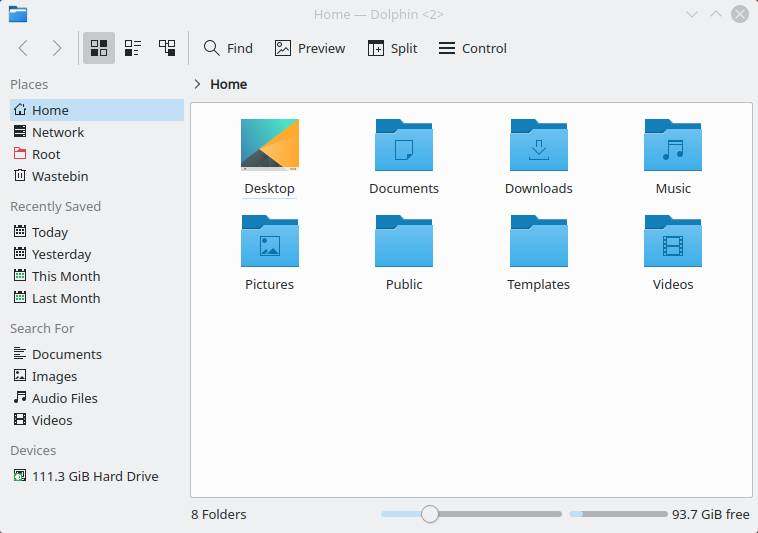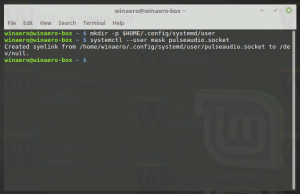
In a display, two or more users can view the output of xterm windows together. To discover your shell, at the Unix prompt, enter any one of the following commands: echo 'SHELL' ps -p Then depending on the shell you can set it as follows: Here is a one-liner to set up a terminal type to xterm-256color on Ubuntu Linux desktop when using Bash : echo export TERMxterm-256color > HOME /.
Linux uxterm manual#
See the xterm manual page for more information on xterm-options. So we generally ask people to not put URLs in their signatures that are not personal, or related to technology/linux in some way as it could be misinterpreted. All arguments to uxterm are passed to xterm without processing the -class and -u8 options should not be specified because they are used by the wrapper. In the absence of specific programs, Xterm’s shell is run by the user. uxterm is a wrapper around the xterm (1) program that invokes the latter program with the UXTerm X resource class set. Description xterm is the standard terminal emulator of the X Window System, providing a command-line interface within a window. In addition to supporting programs that require a command-line interface, the program is user-friendly. From here, to incorporate the changes you've made you can either: restart X or run xrdb -merge /.Xresources in a terminal All new xterm s should now have the font change. The apt-get command provides access to every single package in the Ubuntu repositories whereas the graphical tool is often lacking. xterm can be used as the standard terminal emulator for the X Window System for computing. This informs xterm to use the 'fixed' font at size 18.
Linux uxterm install#
When using Ubuntu, it is actually easier to install software using the command line than it is to use the graphical software tools available. NAME lxterm - locale-sensitive wrapper for xterm SYNOPSIS lxterm xterm-options DESCRIPTION lxterm is a wrapper around the xterm(1) program that invokes xterm, koi8rxterm(1), or uxterm(1) as appropriate, based on the users locale setting.



People use a wide array of different desktop environments as well as different Linux distributions, so the terminal commands are usually the same or are easier to narrow down than writing full graphical instructions for each and every combination.
Linux uxterm how to#
The Linux terminal provides access to all of the native Linux commands as well as command-line applications that often provide many more features than desktop applications.Īnother reason to learn how to use the terminal is that quite often, online help guides that help to solve problems with your Linux environment contain Linux terminal commands. Many users nowadays can do most of the things they want to do within Linuxwithout having to use the Linux terminal, but there are still a lot of good reasons to learn how to use it. uxterm is a wrapper around the xterm(1) program that invokes the latter program with the 'UXTerm' X resource class set.


 0 kommentar(er)
0 kommentar(er)
